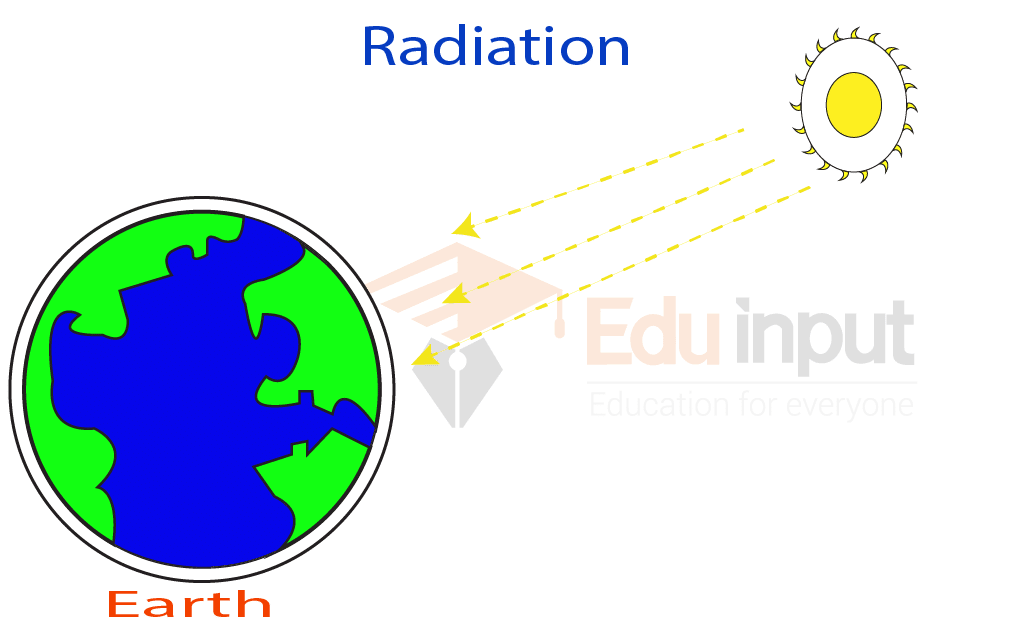As patients, caregivers, and the general public become increasingly engaged with the landscape of cancer treatment, a common point of confusion persists: Is radiation oncology the same as chemotherapy? This query encapsulates a broader challenge in understanding the multifaceted nature of cancer therapies. While both approaches aim to eradicate malignant cells, they differ significantly in methodology, application, and implications for patient care. This exploration unveils the nuanced distinctions and overlaps between these two pivotal cancer treatment modalities.
Radiation oncology, as the name implies, utilizes ionizing radiation to target and destroy cancerous tissues. The underlying principle hinges on the concept that radiation therapy can inflict damage on the DNA of cancer cells, thereby impairing their ability to proliferate. Delivered through highly controlled protocols, practitioners in radiation oncology employ various techniques, including external beam radiation therapy (EBRT), brachytherapy, and stereotactic body radiation therapy (SBRT). Each method serves specific oncological contexts, dictated largely by tumor type, location, and stage of disease.
On the other hand, chemotherapy encompasses a broad spectrum of pharmacological interventions. These agents function primarily as systemic therapies, circulating through the bloodstream to target rapidly dividing cells throughout the body. While chemotherapy can be efficacious against the diverse array of malignancies, it is notorious for its systemic side effects, including nausea, fatigue, alopecia, and immunosuppression. Notably, various chemotherapeutic agents can be classified into categories based on their chemical properties and mechanisms of action, such as alkylating agents, antimetabolites, and natural products.
Despite these inherent differences, radiation oncology and chemotherapy are not mutually exclusive. In fact, an integrated approach often yields the most favorable outcomes in cancer treatment protocols. For instance, neoadjuvant chemotherapy may precede radiation therapy to shrink tumors, enhancing the efficacy of subsequent radiation treatment. Conversely, adjuvant radiation may follow chemotherapy to eradicate residual disease. This combinatorial strategy underscores the dynamic interplay between these modalities, thereby raising the question: Can one treatment modality be deemed superior to the other?
The determination of superiority is contingent upon numerous factors, including tumor type, stage, and patient-specific characteristics. For certain malignancies, radiation may serve as the primary treatment, while in others, chemotherapy may take precedence. Breast cancer, for example, often employs a multimodal approach comprising surgery, radiation, and chemotherapy, tailored to each patient’s unique presentation. Tumors like glioblastomas may necessitate radiation therapy due to their locational constraints and aggressiveness, often alongside specific chemotherapeutic regimens.
Further complicating the landscape is the advent of personalized medicine. The integration of genomic testing in oncology has revolutionized treatment paradigms, allowing clinicians to tailor therapies based on the genetic profile of both the patient and the tumor. Such advancements have given rise to targeted therapies, which may serve as adjuncts or alternatives to traditional chemotherapy and radiation. These therapies work by entailing mechanisms that disrupt specific molecular pathways driving cancer growth, thus presenting an entirely new dimension to the question of treatment efficacy.
The side effect profiles of chemotherapy and radiation also stimulate an ongoing discussion about quality of life during treatment. Chemotherapy’s systemic effects often necessitate comprehensive management strategies to mitigate complications. In contrast, radiation therapy may cause localized consequences, such as skin irritation or fatigue, which although significant, can be more predictable and manageable. Careful consideration of these side effects is paramount, influencing treatment decisions and ultimately shaping patient experiences.
Additionally, the logistics surrounding chemotherapy and radiation oncology pose challenges of their own. Chemotherapy, often administered in cycles, requires frequent hospital visits, which can be burdensome for patients and caregivers alike. Radiation therapy, while generally limited in its duration, necessitates a precision-driven schedule that can be equally demanding. This multifactorial consideration of treatment logistics informs patient adherence and, by extension, outcomes.
As the dialogue surrounding cancer treatment evolves, fostering patient engagement becomes vitally important. Patients are encouraged to actively participate in discussions about their treatment options, weighing the benefits and drawbacks of radiation oncology versus chemotherapy alongside their healthcare providers. Knowledge is empowering; thus, understanding the distinctions between treatment modalities allows patients to navigate their cancer journey with agency and informed decision-making capabilities.
In summary, while radiation oncology and chemotherapy serve the singular purpose of combating cancer, their methodologies, mechanisms, and implications diverge significantly. Though not interchangeable, their combined application may offer a synergistic approach to treatment, capitalizing on the strengths of each modality. Fundamentally, the ongoing evolution of cancer treatment mandates a deep understanding and appreciation for the complexities at play, urging an informed dialogue that embraces both scientific rigor and patient-centric care.












